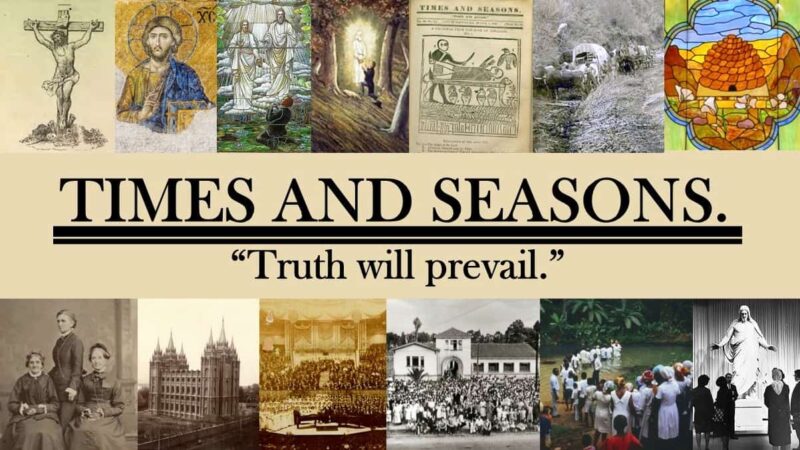-
•
•
3 responses

Joseph Smith rarely wrote poetry, but there are a couple notable exceptions. Read More
-
•
•
8 responses
I’ve participated with the “Bloggernacle” since before it was called that (I recall the whole Banner of Heaven debacle, which shows my age somewhat). I have never served as a power player or all that prolific, and I mostly just lurk these days as I find most of the arguments the same old same old; you can only have the same arguments about authority, obedience, scripture, etc. before they get really tiring. However, I do have a few random thoughts/reflections (in no particular order) on the ‘Nacle based on my many years hanging around. Your mileage will definitely vary about… Read More
-
•
•
3 responses
If you’ve been following the LDS blogging world for the last 20 years or so, you’ll recognize Ivan Wolfe from posts and comments at various blogs. Ivan lives in Arizona, where he teaches writing at ASU. He has published essays on several topics I’d like to hear more about, including Battlestar Galactica and Philosophy, The Princess Bride and Philosophy, and others. Please join me in welcoming Ivan Wolfe. Read More
-
•
•
17 responses

Traditionally artistic depictions convey deity in the ethnicity of the artist and his/her surrounding culture. Consequently, I’m not going to begrudge early Latter-day Saint art’s depiction of a European Heavenly Father any more than I would a Japanese depiction of Amaterasu looking Japanese. However, as a faith becomes more cosmopolitan it becomes all the more important for all its members to be able to see themselves in depictions of deity. As far as God’s actual “race,” race is a social construct in the here and now, so it’s a bit of misnomer to try to define God in terms of… Read More
-
•
•
5 responses
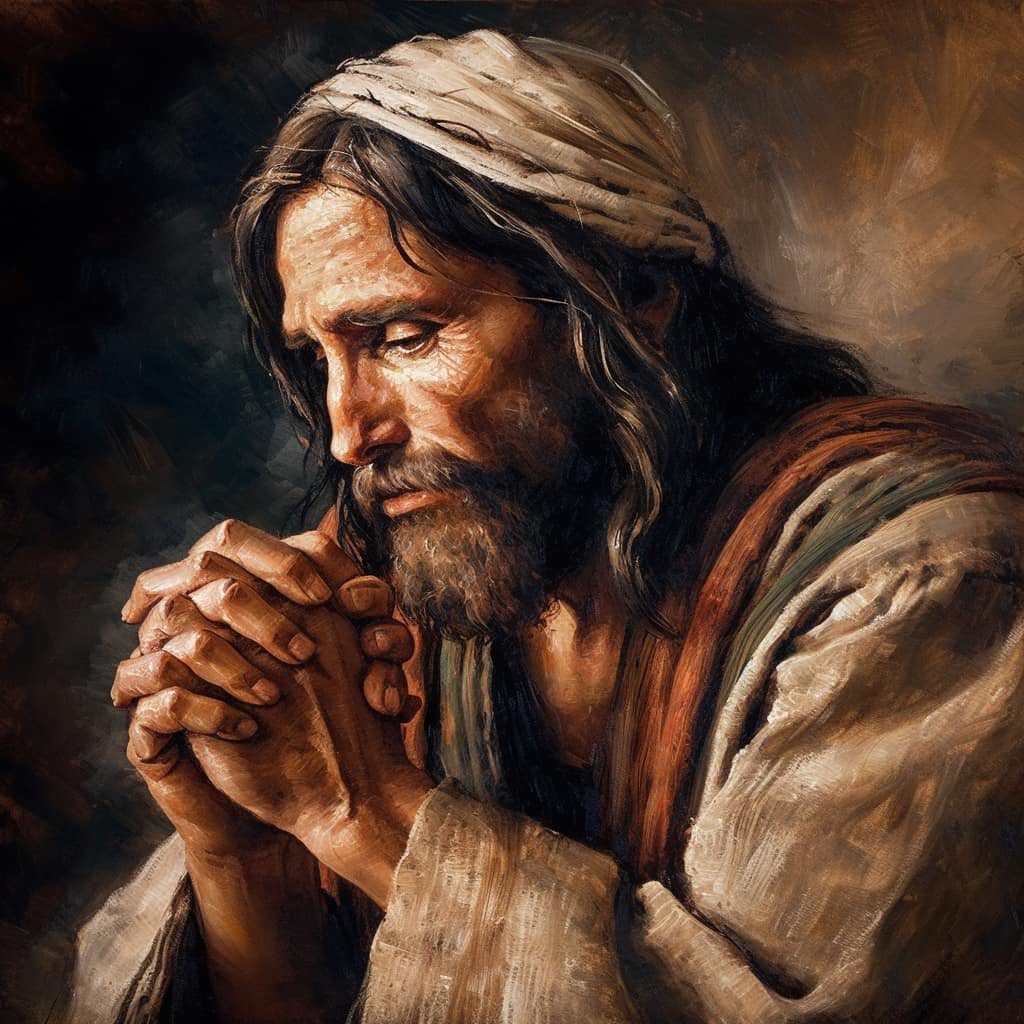
I haven’t had as much time to produce AI religious art as I would have liked, so this might be it until we get the next version to play around with, but a few insights: AI is actually okay at depicting religious sentiment in art without specific prompts. For example, below is a MJ image (not mine, from a FB page I follow) with little else in the prompt except “repentance” and “forgiveness.” If you can ignore the extra fingers it’s a reasonably moving depiction. AI is sometimes okay at depicting imagery with little else but the actual scripture verses… Read More
-
•
•
3 responses
In Saints, volume 2, one of the key players was Susa Young Gates. A prominent daughter of Brigham Young who went on to do a lot of notable activities herself, Susa is a relatively well-known figure in Latter-day Saint history. One aspect of her story that received attention in Saints was Susa Young Gates’ divorce with Alma Dunford. The was an important part of both of their life stories, and an aspect that was the focus of a recent interview at the Latter-day Saint history blog From the Desk with Lisa Olsen Tait. What follows here is a co-post to the interview (a… Read More
-
•
•
9 responses

Some religious artistic motifs and scenes have been done to death while many have barely been touched. Since text-to-image came online I’ve been cogitating about its possibilities for creating religious artistic imagery at scale for every…single..event in the standard works. However, as I have mentioned before, what we have so far, while great in many ways, is not so great at understanding complex scenarios with multiple people. So far it’s primarily good at contexts that can be described simply. As sort of a pilot study I created a Midjourney Art Edition of Genesis Chapter 1. Here I draw inspiration from… Read More
-
•
•
17 responses

I recently took the plunge and dropped the $30 for the monthly subscription to MidJourney v5, the text-to-image generator that is currently leading the pack (by far). I uploaded a picture of Joseph Smith’s death mask, merged it with additional prompts about age and details about Joseph Smith’s eye and hair color, and asked it to make a photorealistic image. As you can see, the skin in the midjourney image still has some flecks from the death mask, but overall it’s not bad (except bottom-left Joseph looks scary). As a point of comparison, here is the death mask and the… Read More
-
•
•
Belle Harris‘s experience in prison is an interesting story from late nineteenth-century Latter-day Saint history. Part of why it’s fascinating is that she kept a record of her time while she was in prison. Recently, Church historian Ken Adkins talked about the Belle Harris prison journal at the Latter-day Saint history blog From the Desk, partly due to the recent online publication of the journal by the Church Historian’s Press. What follows here is a co-post to the interview (a shorter post with excerpts and some discussion). Who exactly was Belle Harris? Ken Adkins explained that: Belle Harris was raised… Read More
-
•
•
7 responses

“Gothic church & Islamic mosque architectures combined.” From Midjourney v5. I’m a strong believer in the educational value of visiting religious services other than one’s own. However, you need to do it right so that you’re respectful and it doesn’t come off as a “let’s observe the natives in their natural habitat” kind of voyeurism, and that can be tricky. When we lived in Philadelphia we visited the historic Unitarian Church in downtown Philly as a family and realized too late that other churches usually have some kind of Sunday school for the kids while the parents watch the sermon,… Read More
-
•
•
16 responses
A rhetorical practice I’ve seen more and more lately is apologizing for others. This usually happens in the context of a Church leader saying something the supposed apologizer disagrees with, and often takes the form of “as a Mormon, I apologize for…” I think this approach is wrongheaded, whether you agree with the apologizer or not. Apologizing implies having been in the wrong. Being “punished for [our] own sins” means we don’t carry the guilt of what others have done. Full stop. There is simply no reason for you to apologize for what somebody else has done. If you feel… Read More
-
•
•
4 responses
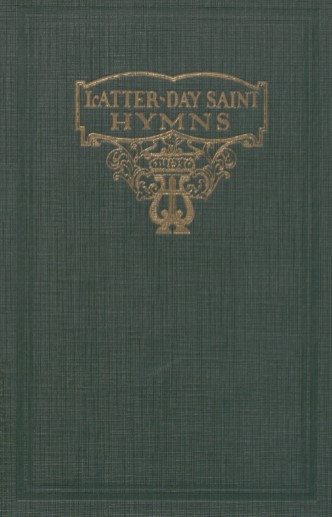
At the start of each year, there is a whole collection of publications that enter the public domain. This year is a relatively big year for people interested in Latter-day Saint song books, since the 1927 Latter-day Saint Hymns, along with a few other song books (the 1927 edition of the Primary Song Book and some anthem collections) are now public domain. Read More
-
•
•
25 responses

Cowboy riding a tapir, from DALL-E In some fields scholars try to come up with novel takes on the same thing hundreds of their colleagues have studied. Non-genetic, physical anthropology only substantively moves forward now whenever a fluke well digger stumbles upon humanoid remains. Particle physics is kind of nipping at the edges until the next big collider comes online, after which there are thousands of people scrambling to analyze the exact same data. Macroeconomics has theorized and modeled all available macro-level data to death. Oh, and the poor Biblical scholars are trying to come up with novel takes on… Read More
-
•
•
One response
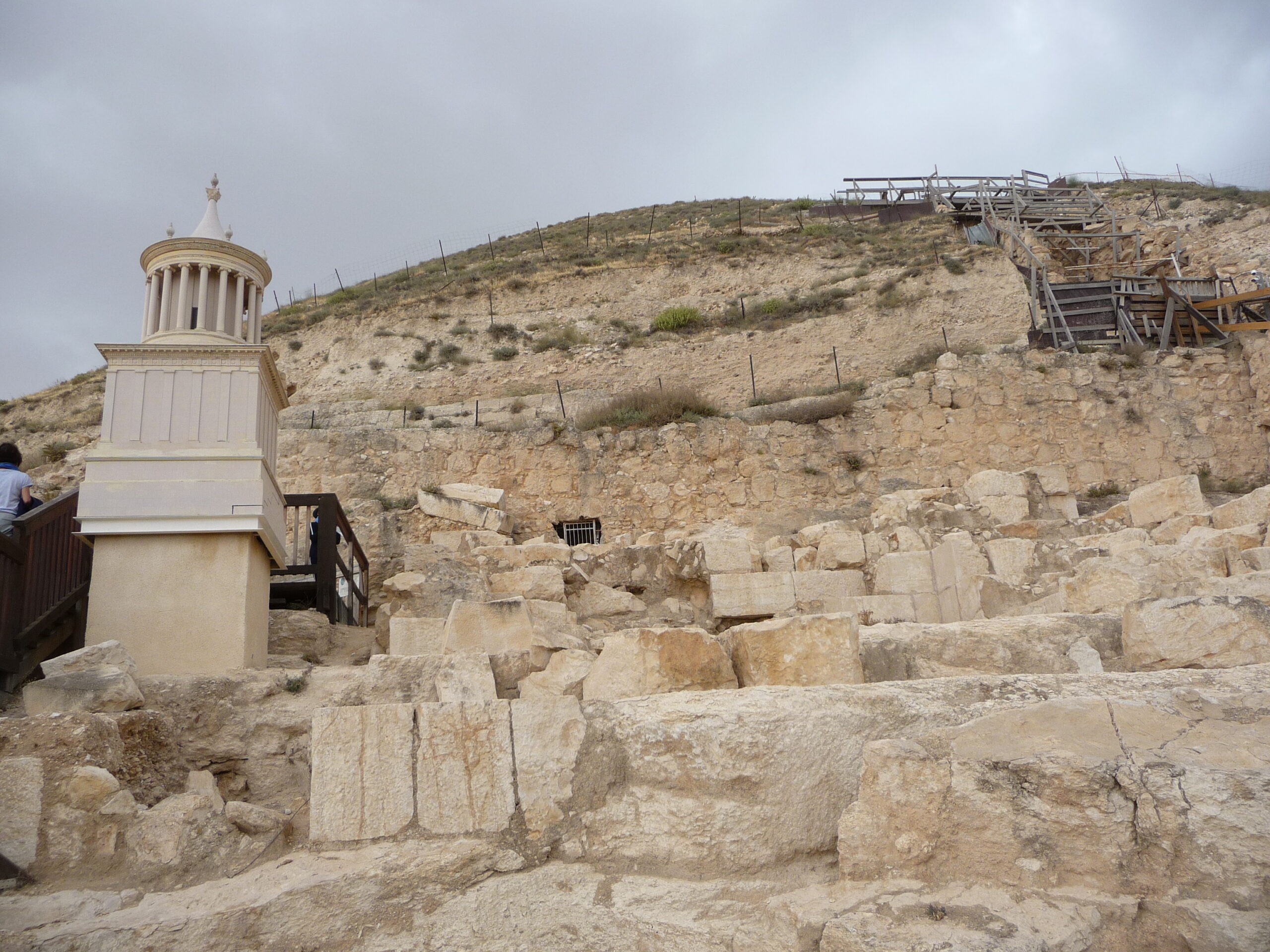
A repeating theme in Second Temple Judaism is the expectation for a political messiah that would rule Judea. While Christians are aware of this primarily through the expectations that Jesus of Nazareth encountered during his ministry, there are many other people who tried to fulfill that role. Herod the Great may have been one of these people who claimed messiahship. In a recent interview at the Latter-day Saint history blog From the Desk, Jodi Magness discussed Herod the Great. What follows here is a co-post to the full interview (a shorter post with excerpts and some discussion). First, it is… Read More
-
•
•
7 responses

President Spencer W. Kimball is well-known for encouraging members of the Church of Jesus Christ of Latter-day Saints to keep journals. He set an example of doing this, and produced a large journal that was recently made available through the Church History Library digital collections. Recently, Latter-day Saint archivists Jeffrey Anderson and Brandon Metcalf discuss the journals of President Spencer W. Kimball in an interview at the Church history blog From the Desk. What follows here is a copost to that interview (a shorter post with excerpts and some discussion). Wilford Woodruff is probably the other president of the Church… Read More
-
•
•
7 responses
With the advent of on-demand, free porn virtually everybody has access to a level of sexual novelty, variety, and frequency that an ancient emperor could have only dreamed of. The invention of the VCR allowed for people to view pornographic material without having to go to a seedy inner-city theater; the invention of fast Internet and streaming allowed for even more on-demand accessibility and choices for anyone with an Internet connection; and the advent of Youtube-type services for pornography centralized the options and made them even more cheap and accessible. I believe that with the combination of AI and VR… Read More
-
•
•
5 responses
After the death of Jesus Christ, early Christians spent centuries grappling with understanding who he was. The early creeds developed largely as an effort to reach an official consensus on understanding Jesus’s divine and human natures. While The Church of Jesus Christ of Latter-day Saints is a restoration of the primitive church, early Christianity and the debates they had are still part of our heritage and history. At a recent interview at the Latter-day Saint history and theology blog, From the Desk, Jason Combs discussed some of these early debates and the resulting Nicene and Chalcedonian creeds. What follows here… Read More
-
•
•
2 responses
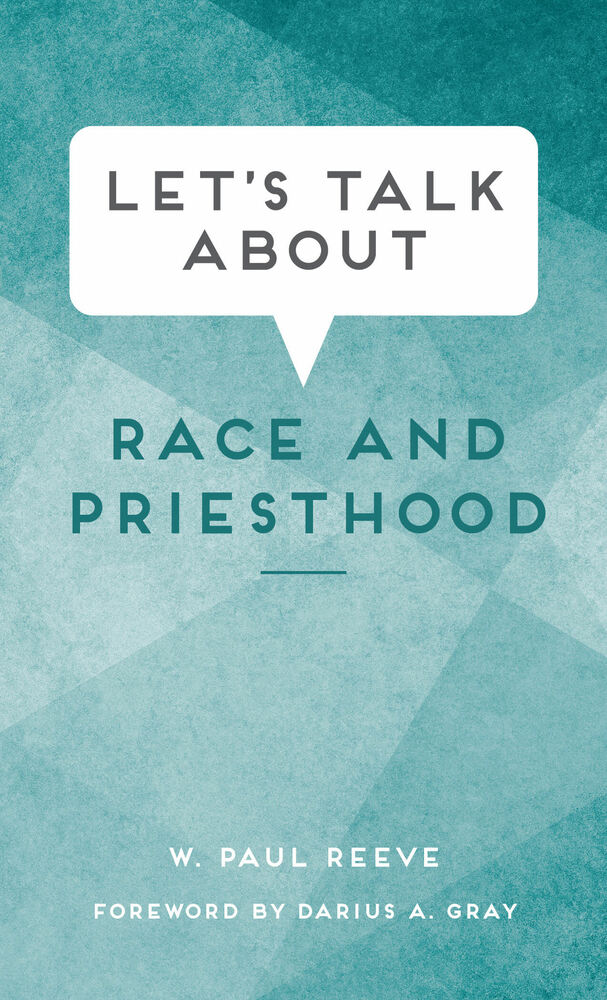
Let’s Talk About Race and Priesthood by W. Paul Reeve is a thought-provoking and insightful book that explores some key aspects of the intersection of race and religion in the history of The Church of Jesus Christ of Latter-day Saints. To me, this volume is up there with Brittany Chapman Nash’s Let’s Talk About Polygamy as both the best and most important entries in a fantastic series. Reeve, a professor of history at the University of Utah, draws on his extensive research to provide a nuanced and detailed account of the Church’s racial policies and practices from its founding in the… Read More
-
•
•
2 responses
Mary Magdalene is a well-known figure in the New Testament whose life has been the subject of speculation and storytelling for much of Christian History. One of the more recent instances of this is The Chosen. In a recent interview at the Latter-day Saint history blog, From the Desk, Bruce Chilton discussed Mary Magdalene, offering insight into who she was, who she isn’t, and how she has been portrayed over time. What follows here is a co-post to the full interview (a shorter post with excerpts and some discussion). Read More
-
•
•
11 responses

One of the more interesting non-profits in the US today is the “Long Now” foundation. Funded by the Silicon Valley types that want to find a more interesting use for their money than library naming privileges, it is concerned with a more long-term approach to thinking about human problems and threats to civilization, and by long they mean long. While concerns about nuclear exchanges or climate change operate on a scale of decades or centuries at the most, what are the biggest threats to our species in, say, the next 100,000 years? Many of their concerns deal with low probability,… Read More
-
•
•
8 responses
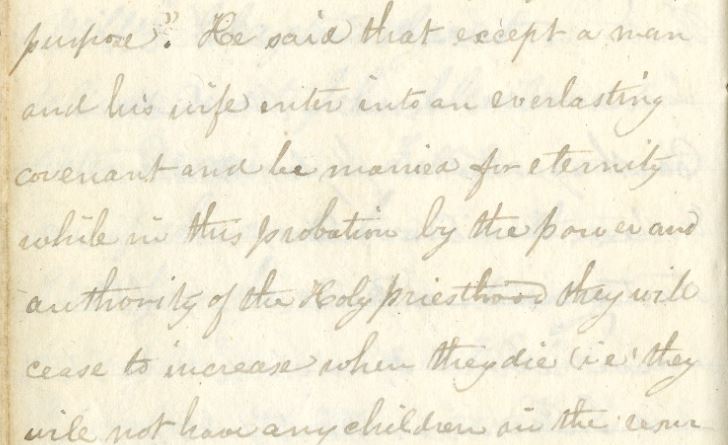
Doctrine and Covenants, Section 131 has had a huge impact on how we understand the afterlife. There is, however, some debate about a few key aspects of the text mean that also have implications for our fate in the afterlife, especially when it comes to marital status. Given the debates, it is probably best to observe a degree of humility about our knowledge of how the afterlife works. Read More
-
•
•
6 responses

The other day, I came across an interesting talk from Glen L. Rudd about Moroni and his postmortal adventures. While interesting, however, it is unfortunately inaccurate on a few points. In particular, listing Zerah Pulsipher as someone who saw the Angel Moroni is inaccurate to the statements that Pulsipher recorded about his conversion. Read More
-
•
•
Emmeline B. Wells is a powerful figure in Latter-day Saint history. In a recent interview at the Latter-day Saint history blog From the Desk, Carol Cornwall Madsen discussed some of why that is so. What follows here is a copost to the interview (a shorter post with some excerpts and discussion). To set the stage, though, let’s look at an earlier interview about the Emmeline B. Wells diaries where Cherry Silver described who Emmeline B. Wells was: Emmeline B. Wells was the most renowned Latter-day Saint woman of her generation. She was celebrated as an editor, public speaker, community activist,… Read More
-
•
•
78 responses
It’s true: In March 2022, the FEC fined the DNC and Hillary Clinton’s presidential election campaign for incorrectly declaring payments to an oppo research firm involved with the Steele dossier. As a Democratic voter in 2016, I must say that news of the fine means…absolutely nothing to me. The stakes in the 2016 election were a lot higher than whether the FEC agreed with every point of the Clinton campaign’s interpretation of campaign finance law. Read More
-
•
•
9 responses

Choosing music for sacrament meetings is an interesting responsibility sometimes. One of a few different challenges is that there are only 27 hymns specifically selected as sacrament meeting hymns, so there is a lot of potential for repetition. Read More
-
•
•
7 responses
Banksy said that “everybody dies twice, One time when you stop breathing and a second time, a bit later on, when somebody says your name for the last time.” For much of humanity that second moment happens in a Latter-day Saint temple. –My brother Carl. I have a morbid interest in old graveyards. The weather-chipped stone is often all that is left of the passions, struggles, upheavals, deep fights, and deep loves of lost worlds of these people’s lived experience. In many cases the only direct evidence the universe has that the person ever existed is a fading name on… Read More
